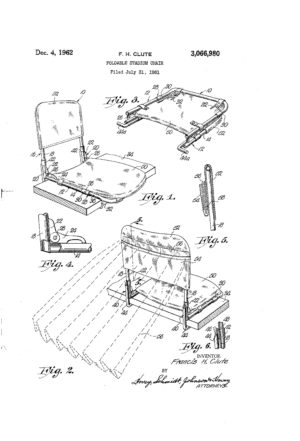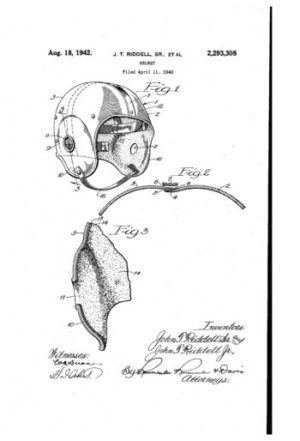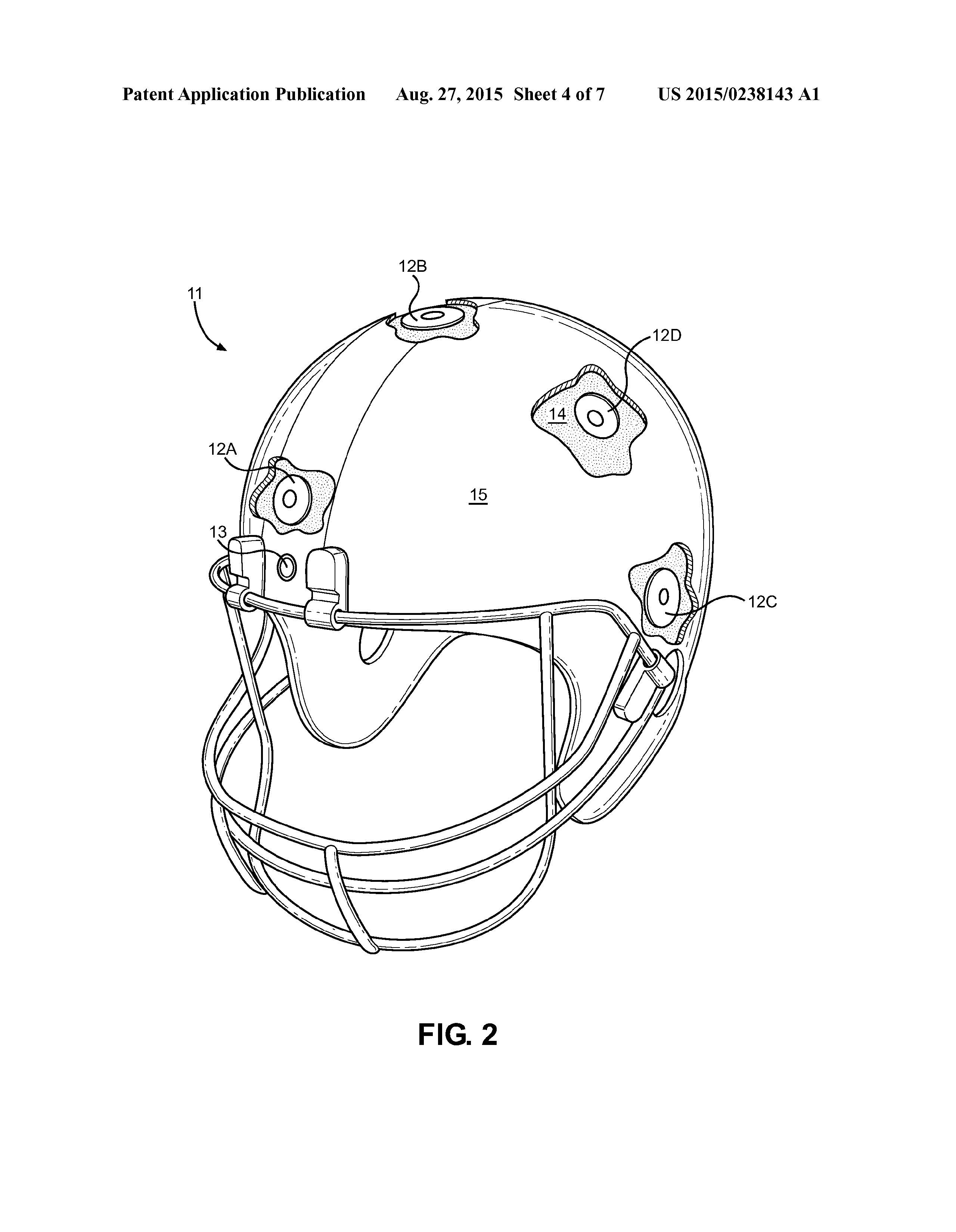It’s that time of year again! The long-awaited football season is upon us.
Teams are getting ready to storm the field, while fans are making plans to pack the stands and cheer on their favorite team. Football has seen many changes since its inception, and unsurprisingly, intellectual property rights have played a significant role in influencing those improvements. Today we’re highlighting five historic patents from America’s most-watched sport.
1. Foldable Stadium Chair
As any seasoned football spectator knows, metal benches can get uncomfortable quickly. Fortunately, Francis H. Chute invented a solution in 1961 he called the “FOLDABLE STADIUM CHAIR,” (U.S Patent No.3,066,980). Chute’s chair adds an element of comfort to the hard bleachers and can be secured to any stadium bench seating. This invention has allowed many to enjoy sporting events longer and has helped prevent many sore backsides.
2. Blending a Graphic
Before James R. Gloudemans, Richard H. Cavallaro, Stanley K. Honey, and Marvin S. White invented a system for “BLENDING A GRAPHIC” (U.S. Patent No.6,229,550), determining which yard line a football landed on was difficult to see, especially from a home television.
Their invention led to the display of the Virtual Yellow 1st & Ten® technology which depicts where the first down lines are during a game. This little yellow line has made it much easier to watch televised games as it shows the viewer where the team is and where they need to advance to in order to score or get a first down.

3. The Helmet
Riddell invented the first plastic suspension helmet in 1939. Riddell’s helmet replaced the soft leather helmets formally used with a plastic shell and webbed suspension that could absorb some of the impact to the head when a player was struck on the field. The company continued to find success after John T. Riddell passed away in 1945, exclusively outfitting all NFL teams (with the exception of the New England Patriots) from the mid-1970s to 2013.
In the hopes of encouraging innovation and prevention of head injuries, the NFL revoked Riddell’s exclusive branding rights as “the official helmet of the NFL” at the end of the 2013 season. Today players are encouraged to use “top-performing” helmets as listed by the NFL. Riddell currently produces nine of the 27 models listed as “top-performing.”
4. Helmet Head Impact Tracking and Monitoring System
In recent years, the NFL has contributed more heavily to medical research for football-related injuries, with a majority of funding going towards concussion research. One popular area of advancement has been the design and implementation of newer, safer helmets and wearable technology.
Inventor Russell Meurer patented a device in 2015 that aimed to detect impacts strong enough to cause a concussion, U.S Patent Application Publication No. 2015/0238143 A1. According to the patent, when a qualifying impact is detected, the device uploads the data to the user and/or a third party and notifies surrounding individuals that the user may have suffered from a concussion and needs to be evaluated. The goal for this device (and other similar technologies) is to detect concussions sooner, so players and coaches can be more proactive in the treatment of concussions.
5. Detachable Streamers
For those who love the game but fear the impacts of tackle football, flag or touch football has always been a safer alternative, especially for younger children. Although flag-football was invented long before 1960s, U.S Patent No. 3,063,718 is one of the many innovations that helped improved the game.
In 1962, Frederick E. Steinkamp recognized that playing touch football was difficult because there was no way to determine whether a touch had been made or not. Others tried to solve this problem by attaching towels or handkerchiefs to player’s belts but that proved to be inconsistent because the detachable elements were not uniform and could easily fall out of place. Steinkamp’s invention created a belt with two flags attached with a material similar to Velcro® on each side. These detachable streamers are still used widely today by youth and adult flag-football teams.

Innovation continues to improve all aspects of football, from the player’s uniforms to the devices used to broadcast and watch the game. Without the inventors and scientists that strive to make football safer and better, it would not be the sport we know and love today.


